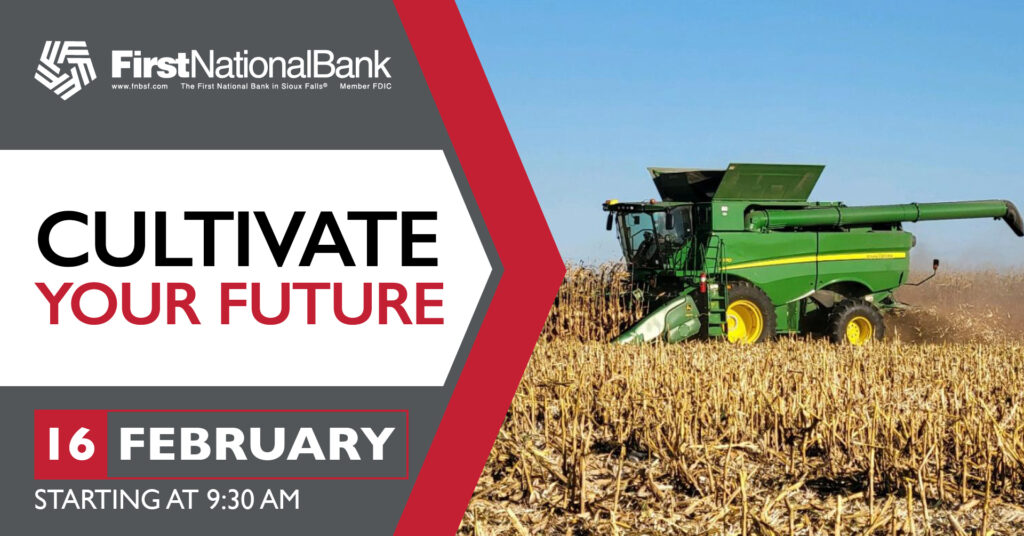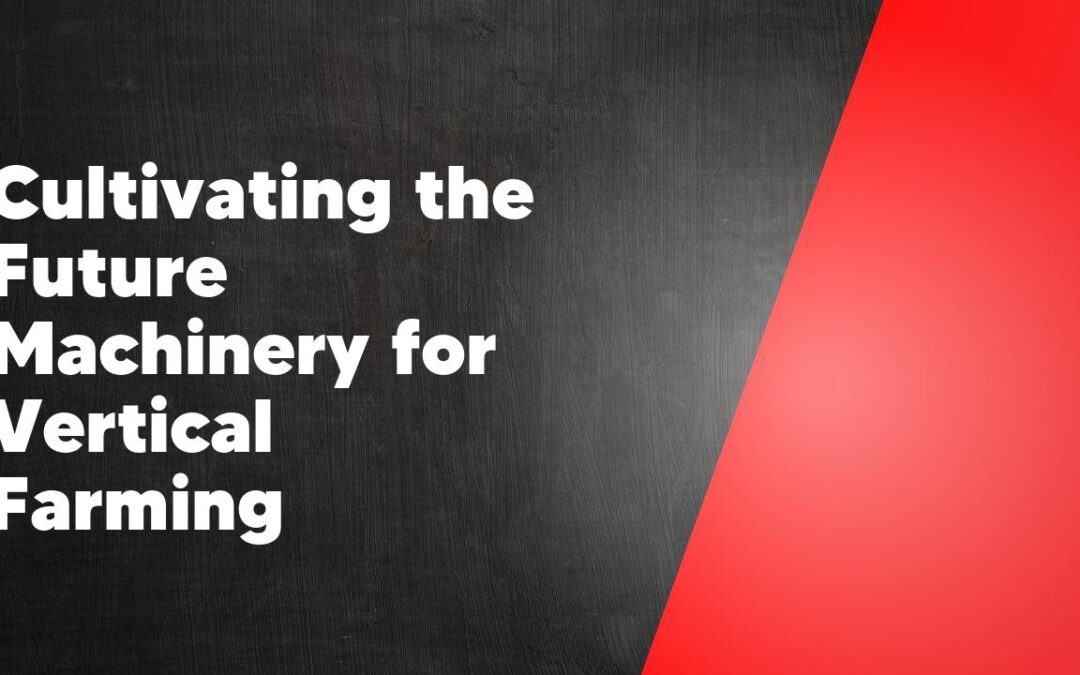Vertical farming is an innovative agricultural technique that involves growing crops in vertically stacked layers. This method relies on advanced machinery and technology to create optimal growing conditions and maximize productivity in limited spaces. As the world faces increasing challenges in food production and sustainability, vertical farming offers a potential solution to address these issues and revolutionize the future of agriculture.
1. The Rise of Vertical Farming: Revolutionizing Agriculture for a Sustainable Future
Vertical farming is an innovative solution to transform the face of agriculture and ensure a sustainable future. As a passionate advocate for sustainable living, I am thrilled to witness the rise of this revolutionizing farming technique. Vertical farming eliminates the need for vast amounts of land by growing crops in vertically stacked layers within controlled environments, such as multistory buildings or shipping containers. This method utilizes advanced technologies like hydroponics and LED lighting to provide optimal growing conditions for plants, resulting in higher productivity and better resource efficiency. By reducing the reliance on traditional farming methods, vertical farming can significantly decrease the use of water, pesticides, and fossil fuels, making it a game-changer in the quest for a greener and more sustainable planet.
2. Advanced Technologies in Vertical Farming: Paving the Way for Efficient Crop Cultivation

In my opinion, advanced technologies in vertical farming are truly revolutionizing the way we cultivate crops. These innovative methods have paved the way for more efficient and sustainable agricultural practices. With the use of automated systems, such as hydroponics and aeroponics, vertical farming allows for greater control over environmental conditions, such as temperature, light, and nutrient levels. This not only optimizes crop growth but also minimizes the use of resources such as water and fertilizers. Moreover, the ability to stack crops vertically maximizes land utilization, making vertical farming an ideal solution for urban areas where space is limited. With the integration of smart monitoring systems, farmers can remotely monitor and adjust the conditions within the vertical farms, ensuring optimal growth and reducing the risk of crop failure. Overall, advanced technologies in vertical farming hold great promise for sustainable and efficient crop cultivation, providing a viable solution to food security and environmental challenges.
3. Integrating Automation and Robotics: Streamlining Operations in Vertical Farms
As a female engineer in the field of automation and robotics, I am excited to witness the integration of these technologies in vertical farms. With the advancements in automation and robotics, we can now streamline operations in vertical farms, making them more efficient and productive. By incorporating robots and automated systems, tasks such as planting, watering, and harvesting can be performed with precision and accuracy. This not only saves time and labor but also ensures consistent crop quality. As an advocate for sustainable agriculture practices, I believe that the integration of automation and robotics in vertical farming will play a crucial role in addressing food security and sustainability challenges.
4. Addressing Sustainability Challenges: Strategies for Energy Efficiency and Water Conservation in Vertical Farming
Vertical farming is an innovative solution to address the sustainability challenges we face today, specifically in terms of energy efficiency and water conservation. As a passionate advocate for environmental preservation, I believe that this approach holds immense potential to reduce our ecological footprint. By vertically stacking crops in controlled environments, vertical farming optimizes space and minimizes the need for land, which is crucial considering the rapid urbanization taking place around the world. Additionally, vertical farms employ advanced technologies like LED lighting and hydroponics systems, enabling precise control over water usage and minimizing waste. These measures not only lead to increased energy efficiency but also ensure that water resources are used sparingly, helping to combat the pressing issue of water scarcity. In conclusion, vertical farming offers a sustainable and efficient solution to the challenges we face, making it a viable option for the future of agriculture.
5. Overcoming Space Constraints: Maximizing Crop Cultivation in Urban Vertical Farms
I am convinced that urban vertical farming is the solution to overcoming space constraints and maximizing crop cultivation in today’s rapidly growing cities. With limited land availability, traditional farming methods face significant challenges. However, vertical farms offer an innovative approach by utilizing vertical space to grow crops indoors. By stacking crops on top of each other in tall structures, these farms can produce a large amount of food in a small footprint. With advanced technologies like hydroponics and aeroponics, the need for soil is eliminated, further optimizing space utilization. Vertical farming not only conserves land but also reduces food transportation and wastage, making it a sustainable and efficient way to feed urban populations.
6. The Economic Viability of Vertical Farming: Assessing the Potential for Profitability in the Agricultural Industry
Vertical farming is an innovative and sustainable solution that has gained attention in the agricultural industry. As a farmer, I have been intrigued by the concept of vertical farming and its potential for profitability. By utilizing vertical space, this type of farming allows for increased crop production, even in urban environments. The use of hydroponic systems and LED lighting enables year-round cultivation, reducing the dependency on seasonal changes. Furthermore, vertical farming minimizes the need for land and water resources, making it more efficient and environmentally-friendly. However, to fully assess the economic viability of vertical farming, there are factors that need to be considered, such as initial investment costs, operational expenses, and market demand. Conducting a comprehensive analysis of these factors will be crucial in determining the profitability of vertical farming in the long run.
Conclusion
In conclusion, vertical farming holds great potential as a solution for increasing global food production in a sustainable and efficient manner. The advancements in machinery and technology discussed in this article demonstrate the progress being made in this field. With continued research and investment, vertical farming has the ability to play a significant role in feeding our growing population while minimizing the impact on the environment.
What is vertical farming?
Vertical farming is the practice of growing crops in vertically stacked layers. It typically involves using controlled indoor environments, such as warehouses or skyscrapers, to grow plants without soil, using hydroponics or aeroponics methods.
Why is vertical farming important?
Vertical farming offers several benefits, including maximizing crop yields in limited spaces, reducing the need for land and water, minimizing the use of pesticides, and providing year-round produce regardless of weather conditions. It also reduces transportation costs and carbon emissions associated with long-distance food distribution.
What types of crops can be grown in vertical farms?
Vertical farms can cultivate a wide variety of crops, including leafy greens, herbs, fruits, vegetables, and even some root crops. However, certain crops with higher light or space requirements may be more challenging to grow in vertical farming systems.
What are the challenges of vertical farming?
Some challenges of vertical farming include high upfront costs for setting up the infrastructure, energy consumption for artificial lighting and climate control, potential technical failures, and the need for expertise in managing and optimizing the growing environment.
Is vertical farming sustainable?
Vertical farming has the potential to be a highly sustainable agricultural practice. By reducing the reliance on traditional farming methods, it can help conserve resources like land, water, and fuel. Additionally, vertical farming has the ability to significantly reduce food waste and transportation emissions.
What is the future of vertical farming?
The future of vertical farming looks promising. As technology advances, the costs of vertical farming equipment are expected to decrease, making it more accessible to farmers. Further developments in automation, artificial intelligence, and plant genetics can also enhance the efficiency and productivity of vertical farming systems.

